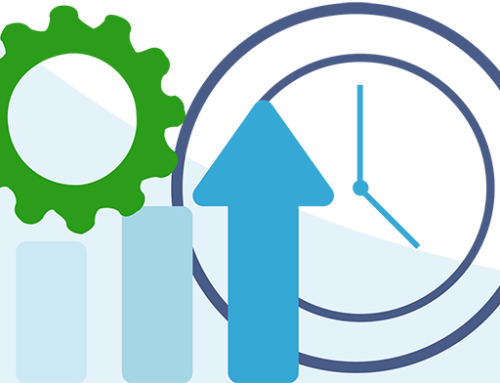Is your workflow not… working? It may be time to start utilizing bookkeeping checklists! Workflow checklists allow you to maximize your efficiency and standardize your procedures. By following the same template every time you do a bookkeeping task, you can ensure you never miss any important steps. But of course, not all checklists are created equal. Creating a bookkeeping checklist isn’t the same as making a regular to-do list. So, here are some of our tips for documenting your processes to make your workflow more efficient.
Why Use Bookkeeping Checklists?
You wear a lot of different hats at your job and do a wide variety of tasks throughout your workday. It can be difficult for even the most veteran bookkeeper to keep track of all those procedures. Aside from that, as you scale your firm, you’ll find that it can become increasingly difficult to guarantee the same service across the board. When followed correctly, checklists make it so tasks are completed the same way by every member of your team.
Talk To Your Team
Your team is the lifeblood of your firm, and no one understands the ins and outs of the workday better than them. It can be incredibly useful to involve everyone in the process of designing your checklists. Gather feedback from your team to decide what procedures need documenting and how to make your checklists as user-friendly as possible. Remember that checklists that are stored digitally, like those through Aero Workflow, can include helpful links and additional information a team member might need.
Figure Out the Steps
Designing a checklist means being as meticulous as possible. It may sound silly to write down everything, but it’s best to be overly cautious when you’re dealing with time-sensitive tasks or sensitive client information. Work with your team to ensure every step of every task is accounted for. For example, a client onboarding checklist might include items like send a welcome email or set up cloud storage. Missing any one of these steps in the process could result in decreased client satisfaction and more work later on.
Store Your Checklists
Having a secure, easily accessible place to store your checklists is vital once you’ve created them. You don’t want to keep your checklists lying around in an old filing cabinet. Utilizing cloud-based storage will allow your team to access them easily, wherever and whenever needed.
Plan for Change
Your bookkeeping checklists should also be designed to evolve. A checklist can’t be set in stone because procedures change. Maybe you adopt a new technology or maybe you just find a more efficient way to do an old task. Either way, you’re going to need a system in place for updating your existing procedures. (Tools like Aero Workflow allow you to customize and edit your checklists with ease!)
Looking for more advice on writing bookkeeping procedures? Be sure to check out our other blogs!



